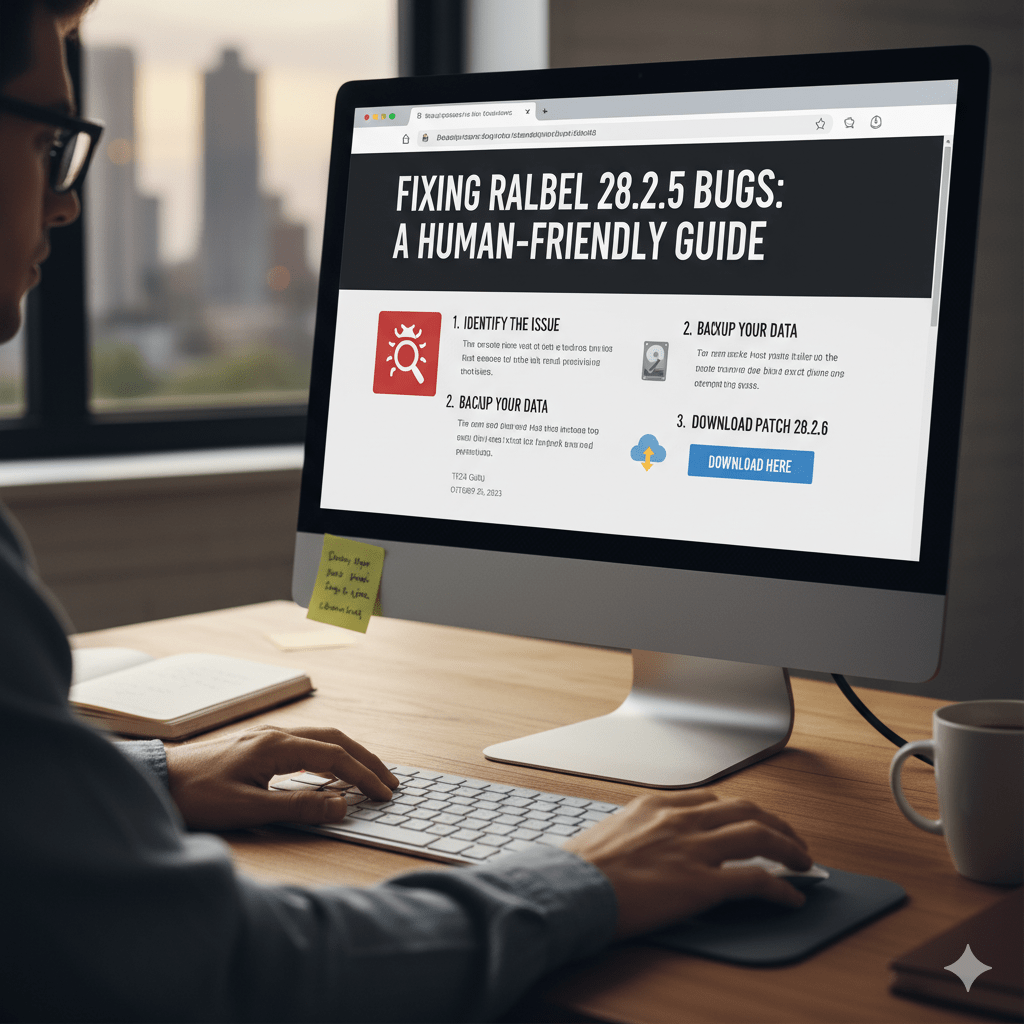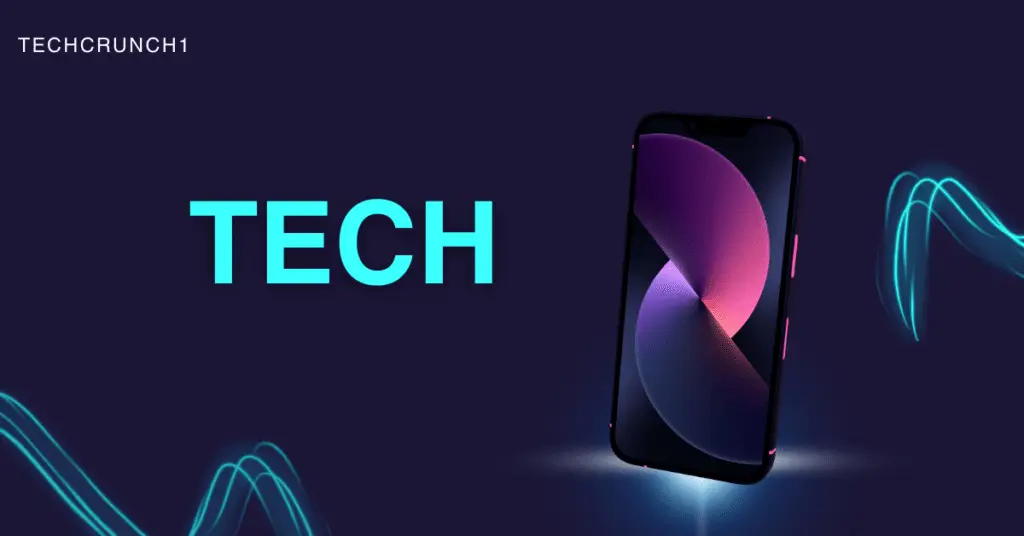Ralbel 28.2.5 Bug Fix—A Human’s Guide to Surviving This Annoying Bug
okay, let’s be real for a second. You’re working, minding your own business, and suddenly… Ralbel 28.2.5 pops up. Your heart does that tiny flip. Your brain screams, “Why now?” Been there, trust me.
At first, it feels like some monster of a bug that’s going to ruin your day, week, or maybe even your life. Spoiler: it’s not. It’s annoying, yes, but totally fixable.
Let’s go through this step by step, without boring tech jargon, like two humans chatting over coffee about why software hates us sometimes.
What Even Is Babel 28.2.5?
Honestly, the name sounds scary, right? So, here’s what usually happens. Your screen suddenly throws up something like
“Ralbel 28.2.5 – Unexpected crash”
“Failed to initialize component: Label 28.2.5”
And your first thought is probably: “Ugh… really? Again?”
Don’t panic. Nine times out of ten, it’s nothing scary. Usually, it’s just a tiny misalignment—like a squeaky door hinge. Fix the hinge, and suddenly the door doesn’t scream at you every morning.
Why You Can’t Ignore It
You might think, “It’s just a bug; I’ll deal with it later.” Bad idea. Here’s why:
- Frequent crashes that make you want to throw your laptop out the window
- Lost progress (and trust me, that one file always matters)
- Weird conflicts with other apps
- Slower system performance in general
Basically, ignoring it is like ignoring a tiny leak in your ceiling. It’s fine today… But in a week, it’s a waterfall.
How This Bug Happens (The Real Human Version)
Let me break it down in human terms:
- Installation mess-ups – Maybe your label didn’t fully install or a file got corrupted. Happens to the best of us.
- Old dependencies – Your system libraries might be old or mismatched. They just don’t play nice anymore.
- Other apps being jerks—Background apps sometimes fight for the same resources.
- Permission issues—Ralbel can’t access what it needs. Boom, crash city.
- Understanding the “why” makes the “how to fix” part so much easier.
- Step-by-Step Fix (Human Style, No Stress)
Alright, let’s get to the good part. Think of this like we’re sitting together, troubleshooting, coffee in hand, no panic, no stress.
Step-by-Step Fix
Man, the first thing you have to do is back up everything. I mean, seriously, don’t even try skipping this. Tiny tweaks can mess up your files faster than you think, and you’ll hate yourself later. Just stash your stuff somewhere safe—cloud, external drive, USB, heck, even a carrier pigeon if that’s your style. Peace of mind, man. Always first.
Alright, now let’s get rid of the old Rabel version. Open Control Panel, head to Apps or Programs, find Label 28.2.5, click Uninstall, and let it run. Easy, right? Think of it like clearing your messy desk before starting a new project—you want a fresh surface; otherwise, everything just feels messy and stressful.
Even after uninstalling, some files love to hang around. Don’t let them. Go into the installation folder, and delete whatever’s left. On Windows, check %AppData% for Ralbel stuff. Clear your temp files too. Trust me, leftover junk is like leaving banana peels on the floor—a trip hazard every time.
Now, download the right version. Don’t rush this part. Make sure it’s exactly 28.2.5 from a legit source. And forget those random APKs, cracked files, or “free hacks.” You don’t need a virus giving you a headache. Not worth it.
When installing, right-click and run as administrator. Follow the prompts; stick to defaults unless you really know what you’re doing. Admin mode basically gives Rabel VIP access to your system—it’s like giving it the keys to the house. Everything just flows better.
Next up, dependencies. Sometimes Laravel needs frameworks like .NET, Java, or specific drivers. Check the official docs, install whatever’s needed, and then restart your system. This step fixes a ton of hidden conflicts you didn’t even notice. Think of it like greasing a squeaky door—it just slides open smoother.
Other apps can mess things up too. Temporarily disable antivirus/firewall if safe, and close background programs that might lock files. Imagine a traffic jam clearing up—you suddenly have a smooth road, and Ralbel can finally do its thing without fighting other apps.
Finally, test it out. Open Ralbel, and try all the functions you usually use. If it works—celebrate, even quietly. If it misbehaves, don’t freak out. Go back and check dependencies and conflicts again. Most issues get solved by retracing these steps carefully.
How to Avoid This in the Future
Prevention is way easier than fixing. Here’s the lowdown:
- Keep software and dependencies updated—don’t let things get outdated; a little update now saves headaches later.
- Avoid beta versions unless you’re into living on the edge. Seriously, beta = adventure, not stability.
- Regular backups—cloud, external drive, even carrier pigeons if you must. Just save your work.
- Watch for other apps that might interfere—some programs fight quietly in the background.
A tiny bit of attention now = way fewer late-night freakouts later. Trust me, your future self will thank you.
When to Call in Reinforcements
Even after doing all this, some stubborn bugs refuse to leave. It’s okay to ask for help if:
- Your system has hardware issues that keep causing crashes.
- The same bug shows up on multiple devices.
- Random crashes keep popping up no matter what you do.
At that point, calling official support or a tech-savvy friend is the smartest move—you save time, stress, and probably a few gray hairs.
Workflow Zen
Fixing Rabel 28.2.5 isn’t just about software—it’s about mental relief. Fewer crashes = smoother workflow = happier human.
Once it’s running, everything just flows. Like a well-oiled factory machine, your workday suddenly feels a bit lighter.
Final Thoughts
Ralbel 28.2.5 might look scary, but it’s not a monster. Clean installation, updated dependencies, and some preventive care = no more bug headaches.
Tech bugs aren’t enemies—they’re reminders to pay attention. Handle them right, and everything works smoother, faster, and smarter



